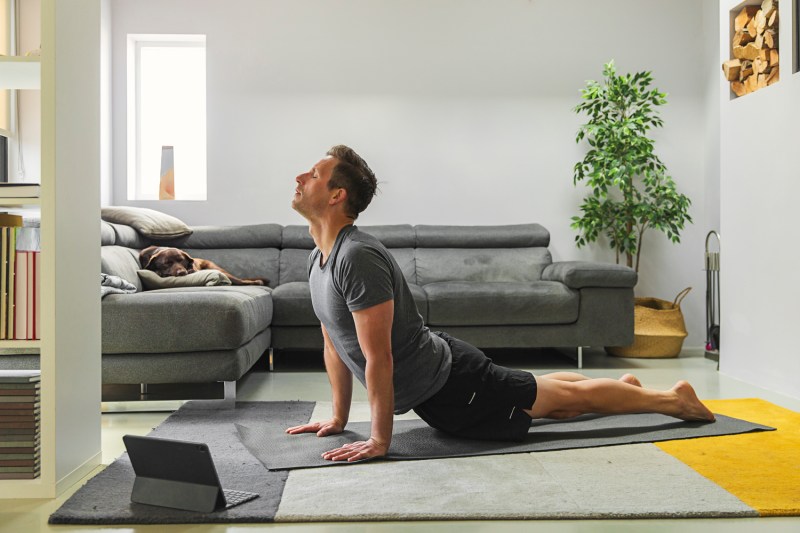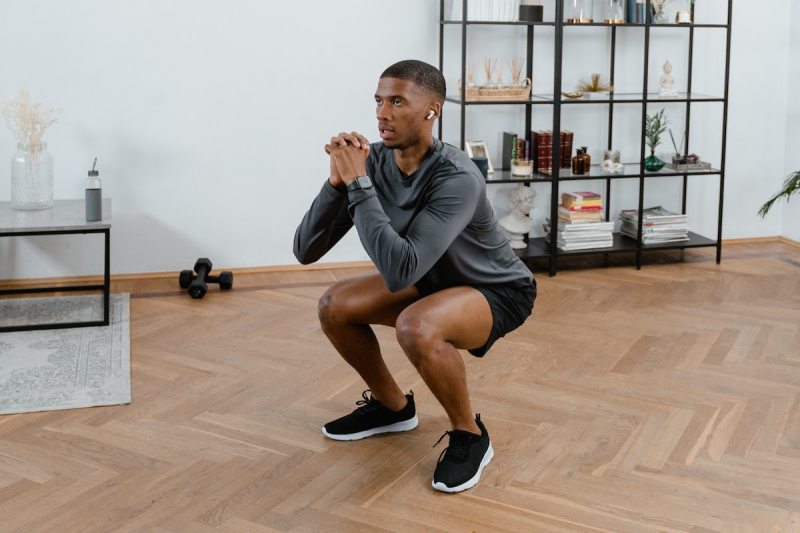
Have you stayed out of the gym for a long time? Maybe you suffered an injury or illness or just fell out of your exercise routine. Whatever the reason for your time off, getting back into working out can be physically and mentally challenging.
Skipping working out for a few days may have little to no effect on your muscles. However, after a long break, say from a few weeks to months, your muscle fibers may begin to decline depending on whether you work out for strength or endurance. You also may feel soreness when you get back to the gym. The good news is that even though the process can be challenging, you can build your muscles without much discomfort.

Our top fitness tips to get back into working out
In this piece, we’ll share seven fitness tips on how to get back into working out safely and building your muscles back up to where they were. It’s time to dive in!

Ease into it
Being away from the gym for a while means your body has taken a break from gym stress. If an illness or injury was the reason for the pause, your body needs to get back into the routine gently. It doesn’t matter how long you’ve been out; you may also feel muscle pain once you are back in. Therefore, you should take it slow and gradually reawaken your muscles instead of returning to your routine on your first comeback exercise.
Applying excessive workout intensity puts you at greater risk of injury. Studies show that unrestrained training diminishes your body’s immune response. On the other hand, a moderate one boosts immunity.
Hence, you should practice simple versions of your usual workout drills to ease into your workout plan. For instance, if you could deadlift 330 pounds for five reps before, you can start by deadlifting 135 pounds for five reps now and slowly work your way back up again. With time, you can add more weights until you reach your usual daily capability.
You can also try out some exercises for beginners before and after getting into the real deal. Easing into your workout is a sure way to recover your lost strength and endurance without fatigue.

Start with just 5 minutes
Just as your ability to lift certain weights changes after a long break, the length of your workout sessions can also change. In the early stages of your return, you may not be able to last as long as you used to. There’s no need to force yourself into 30 minutes of weight lifting and risk getting fatigued within a short time. If you try to extend the duration of your workout beyond what your body can handle, you may end up with a muscle tear, strain, or stress fracture.
You can begin with just five minutes for the first few weeks, then step up to 10 minutes and increase the duration as you go on. Create and stick to an adaptable workout plan to allow your body to get back into

Make things interesting
Working out is not always fun, and if you’re not ready for the low moments, you may soon take another break. It’s best to keep things interesting to stay motivated after being away from the four walls of the gym.
Variety is the spice of life — and
In addition, you should choose exercises that you actually like doing. If you enjoy strolling in the park, you can try power walking, jogging, or running. Swimming and hiking are also fun exercise activities you can try out.
More importantly, by listening to music while exercising or getting new workout gear, you can create a new, inspiring mood for exercise. With these tips, you will do fun activities and stay fit at once.

Get an accountability buddy
Joining forces with an accountability buddy is a great way to stay disciplined and focused on your goal. This strategy is also valuable in exercise and
An accountability buddy is a person who knows about your plan to achieve a goal and will help you stay on track. In this case, your accountability buddy will regularly seek feedback, ask about your workout commitment, and motivate you. Ideally, your accountability buddy should exercise alongside you. They will encourage you to keep jogging when all you want to do is hail a cab and head back home.
Also, such a partner makes gym attendance easier since the thought of canceling a gym date and disappointing your accountability partner can make you get out of bed. The person you choose for this role should have fitness goals similar to yours. It could be a family member, friend, or co-worker. They should be someone you trust and have confidence in to push you through.

Create a realistic schedule
Darcy Reber, a nurse practitioner at Mayo Clinic Health System, advises that “you should schedule exercises as you will schedule an important appointment.” Think of your schedule as crucial and necessary, not as something trivial.
Don’t get so carried away by the enthusiasm of getting fit again that you create a schedule that’s difficult to keep up with. The more practical your schedule is, the higher your chances of sticking to it.
Therefore, you should create a realistic schedule by considering your

Start with at-home workouts rather than the gym
You don’t need to sign up for a gym membership before you get back to working out. You can start right in the convenience of your own home. Since you’re trying to get into workout mode, starting at home ensures that you get started in the first place. For instance, if the cost of a gym membership is holding you back, you should consider at-home workouts until you can afford the gym fee.
This is also another way to ease into the

Prioritize rest and recovery
Your body needs time to recoup after exercise, hence the need to prioritize rest and recovery. Research shows that sleep deprivation affects exercise performance by decreasing the time to fatigue and diminishing a person’s focus and alertness. This places them at risk of a gym accident. Therefore, include time off for rest and sleep in your workout schedule. Adequate rest allows your muscles enough time to repair so that you can be in the best position to exercise moving forward.
Pre-workout exercises or warm-ups will save you the trouble of soreness and injuries. They will help you recover and reduce exhaustion after workouts.
Additional tips
Here are some more things to keep in mind while you get yourself back into a workout routine.
- Schedule your workouts: Treat them like important appointments and block out time in your calendar.
- Prepare your workout clothes and shoes: Having them readily available reduces excuses.
- Warm up and cool down properly: This helps prevent injuries and improves performance.
- Focus on form over weight: Proper technique is essential for preventing injuries and maximizing results.
- Focus on enjoying the process: Working out should be fun and not feel like work, so enjoy yourself.
With these tips, you now have a plan to get back into working out at your own pace that is safe and healthy.



